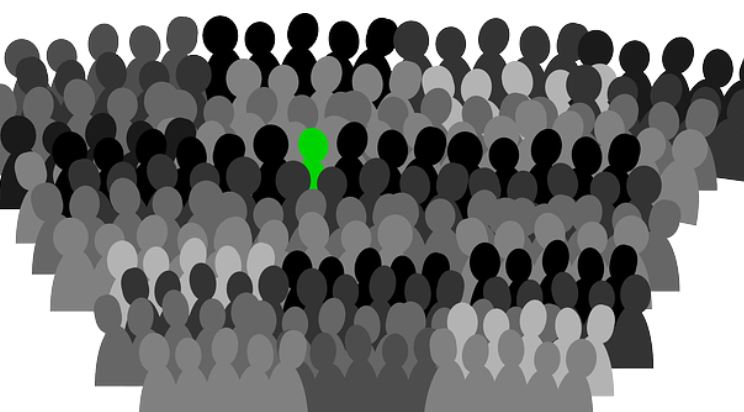EPO decision T0694/16 relating to personalized medicine

- Mirja Matilainen
- –
- News
- –
- 14.10.2019

Picture: Pixabay
The technical board of appeal has issued a decision in T0694/16 relating to personalized medicine.
The patentability of new medical uses at the EPO was confirmed 10 years ago by Decision G2 / 08 of the Enlarged Board of Appeal. It stated that the decision also applies to the treatment of a new patient group even if the same compound was already known for the treatment of the same disease in a different group of patients.
However, Decision G2/08 did not address the situation in which the only difference between patients is the presence or absence of certain biomarkers, for example cases in which groups of patients have a genetic mutation or exhibit elevated blood levels of a particular compound. Typically, these narrow patient populations are given the same drug as the large patient population – i.e. they are not new patient groups within the meaning of the G2/08 decision).
The question to which T0694 / 16 gives the answer is, therefore, whether such individualized (or personal) medical use can be patented in the EPO.
The decision can be found here.
The Headword of Decision T 694/16 states:
If a claim is directed to a known compound or composition for use in a therapeutic method of treatment or prevention of a disease, and the claim specifies that the subject to be treated displays a clearly defined and detectable marker, which is not displayed by all subjects affected by or likely to develop that disease, then the purposive selection of the patients displaying the marker for the specified treatment is a functional feature characterizing the claim. (emphasis added).
Section 5.14 of the Reasons states:
For this reason, the issue of whether patients displaying the markers of claim 1 were present among a population of previously treated patients and were already “inevitably” or “inherently” treated is irrelevant for assessing novelty in the present case. The only thing which counts is that D1 and D3 do not disclose a method whereby a patient or a group of patients displaying the relevant CSF markers, but not affected by dementia, was purposively and selectively targeted for carrying out the preventive treatment defined in claim 1. (emphasis in the original).
According to this decision, rewards are available to innovators working on personalized medicine. Innovative companies may obtain patents directed to targeting treatments to the needs of specific individual patients based on the characteristics of each patient.

